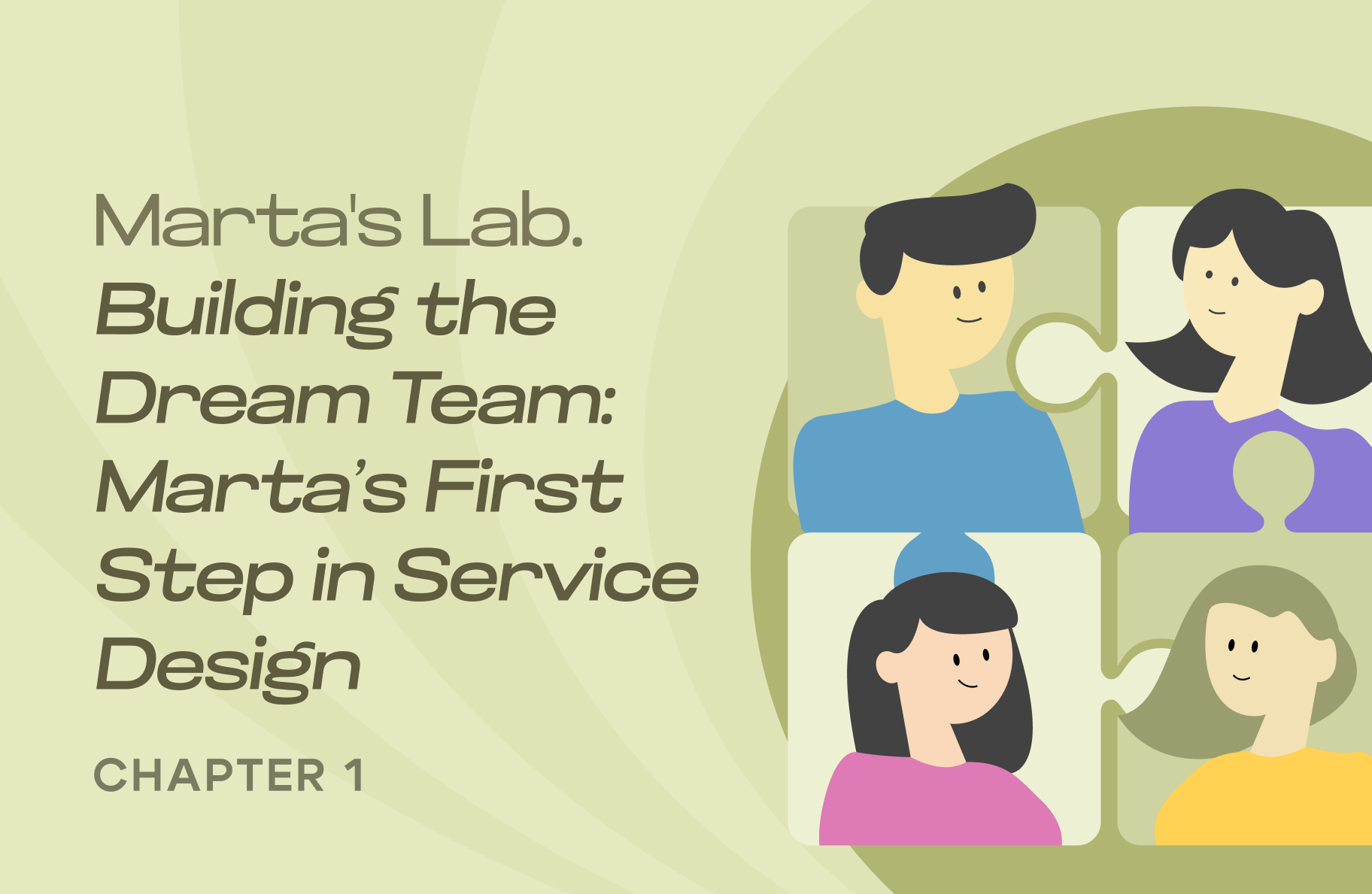
It was a chilly Monday morning when Marta, the owner of a mid-sized dental lab, arrived at work. The week ahead was packed: a backlog of orders from dentists, two meetings with suppliers, and an audit looming on the horizon. As she hung up her coat and sipped her first coffee of the day, her assistant walked in, holding a rushed note from a dentist who had called in: “Need the crowns by tomorrow!”
Marta sighed. The lab was known for its high-quality craftsmanship, but lately, it seemed like they were always scrambling. Orders came in incomplete, with vague instructions. Communication with clients felt transactional and rushed. Worst of all, her team seemed disengaged — more like workers on a production line than passionate experts in their craft.
Marta knew that something had to change.
The constant pressure was wearing thin. Every day felt like putting out fires. But more than the stress of managing it all, Marta couldn’t ignore the underlying truth: The lab’s operations were not sustainable. Something had to give.
She started to notice recurring issues:
- Prospective inquiries were often missed or never followed up, leaving potential clients ignored.
- Pricing and billing processes were unclear, confusing clients and creating friction.
- Case submissions were incomplete, or worse, lost in the shuffle due to missing details or communication breakdowns.
- Order management was chaotic, with critical information occasionally misrouted or mismatched.
- Quality control checks were carried out too late, often leading to costly remakes and frustration.
- Delivery logistics were inefficient, with no real-time tracking or optimized routes for delivery, leading to delays and missed expectations.
- Staff members were overworked, and critical tasks often fell to a handful of key people, leaving the team vulnerable to burnout or absenteeism.
As the weeks passed, Marta realized these weren’t just operational hiccups — they were systemic flaws. These problems were woven into the fabric of how the lab worked, and they were beginning to have serious consequences:
- Financial losses from reworks, errors, and inefficiencies.
- Loss of business due to dissatisfied clients and competitors offering faster, more reliable services.
- Damage to the lab’s reputation from poor reviews and frustrated clients.
- Operational bottlenecks, especially during peak times, when the lab simply couldn’t keep up with demand.
- HR issues, as key people were overburdened, leading to high turnover and an inability to scale.
Marta’s lab had once been a respected name among dentists, but now the reputation was slipping. Marta wasn’t sure how much longer they could keep up this pace.
When she spoke to her clients, she heard similar frustrations:
- “I don’t know when my order will be ready.”
- “It’s hard to track progress.”
- “I wish the process were smoother.”
That’s when Marta began to wonder: Is there a better way? Not just to improve production, but to create a process that feels seamless for the dentists and empowering for her team.
She wanted her lab to stand out — not just for technical excellence, but for how it made people feel. This realization set Marta on a journey to rethink the way her business operated. And at the heart of this transformation was something she had never considered before: service design.
Next Up
Curious how the dental lab begins its dramatic transformation?
Join us in the next chapter as Marta assembles the team that will drive the change forward.


